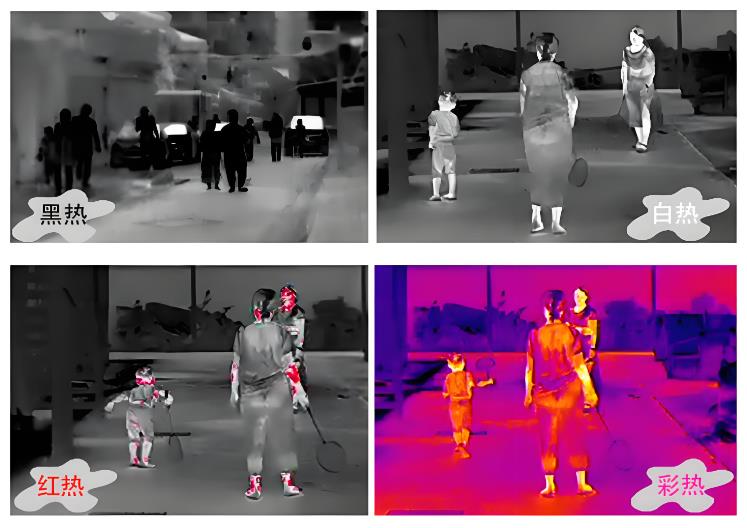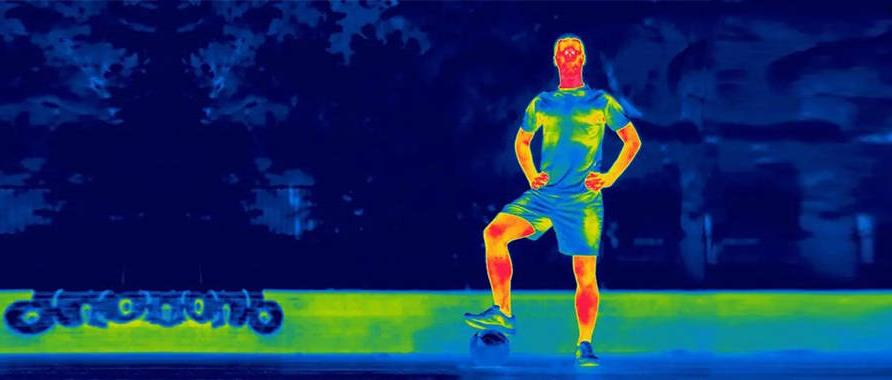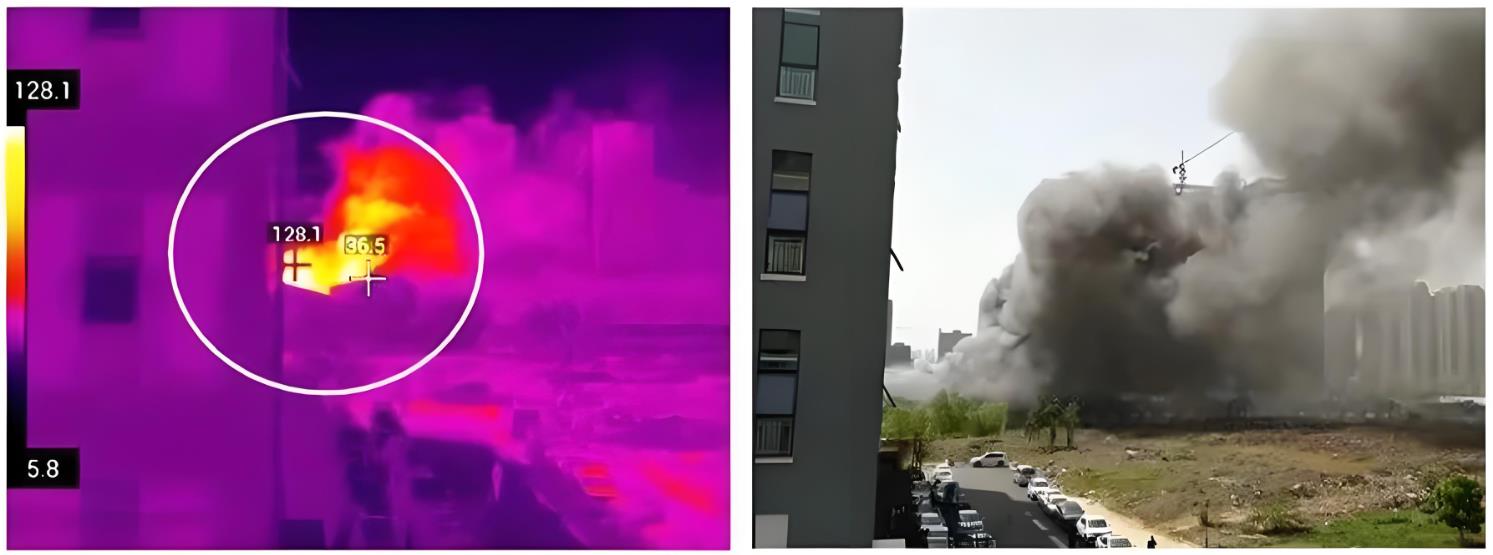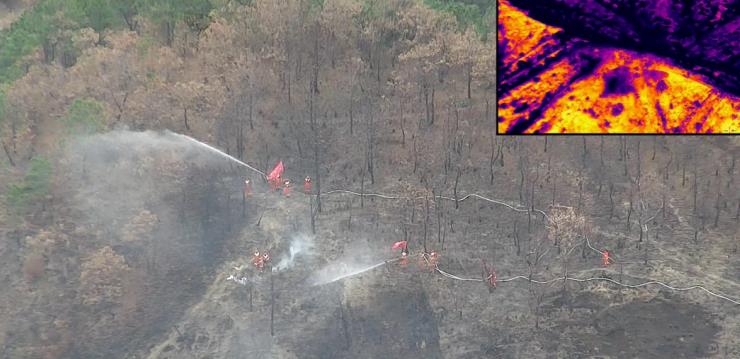When buying an infrared thermal imager, there are many specifications for thermal imagers. Just looking at one specification does not reflect the overall performance of the thermal imager. The combination of specifications is what determines the performance of the thermal imager. All specifications of a thermal imager are important, but there are some specifications you can focus on to ensure that you purchase the right device.

Resolution
The resolution of a thermal imager refers to how many pixels the camera's detector has. Higher resolution means that each image contains more information, more pixels, and more details, so the temperature can be measured more accurately. Choosing an infrared thermal imager depends on your application scenario. When you can get close to the target, you can choose a device with a lower resolution. Measuring smaller targets from a distance requires a higher resolution.

Temperature measurement range.
The temperature measurement range is the entire range of temperatures (range) that a thermal imager can measure. Some thermal imagers are set with multiple ranges to more accurately measure a wider temperature range. Each type of thermal imager has its own specific temperature measurement range. For some industrial applications, such as measuring boilers, kilns, or furnaces, it is particularly important to choose a thermal imager with a higher temperature range (range). Therefore, before choosing a thermal imager, you must be familiar with the temperature measurement range (range) required by the industry.

Field of view
The field of view (FOV) is determined by the thermal imaging lens. The field of view determines the distance and range of the thermal imaging lens. Depending on the usage scenario, choose a lens with different viewing angles, such as a wide-angle (48°) lens or a telephoto lens (12° or 7°).
Spectral range
Spectral range is the range of wavelengths detected by the sensor in a thermal imager, measured in microns (μm). Most gas detection thermal imagers (such as propane, methane, and butane detectors) are medium-wave cameras, meaning their spectral range is between 2 μm and 5 μm. Most thermal imagers are long-wave cameras with a spectral range between 8 μm and 14 μm. Long-wave infrared cameras are suitable for infrared applications such as power inspection and fire rescue.

Thermal sensitivity
Thermal sensitivity or noise equivalent temperature difference (NETD) describes the minimum temperature difference that a thermal imager can see. The smaller the value, the better the thermal sensitivity of the infrared system.
If you need to measure a large temperature difference of the target, you don't need a thermal imager with too high thermal sensitivity. However, for applications that require more accurate temperature measurement, such as measuring humidity problems, higher thermal sensitivity is required.
When you are not sure which thermal imager to choose, you can refer to the above parameters. When choosing a device, you should not only consider one parameter, but also make a comprehensive choice based on your needs.
For example, if you need to detect some subtle problems, if you don't have a high thermal sensitivity, then even high resolution cannot be used.




